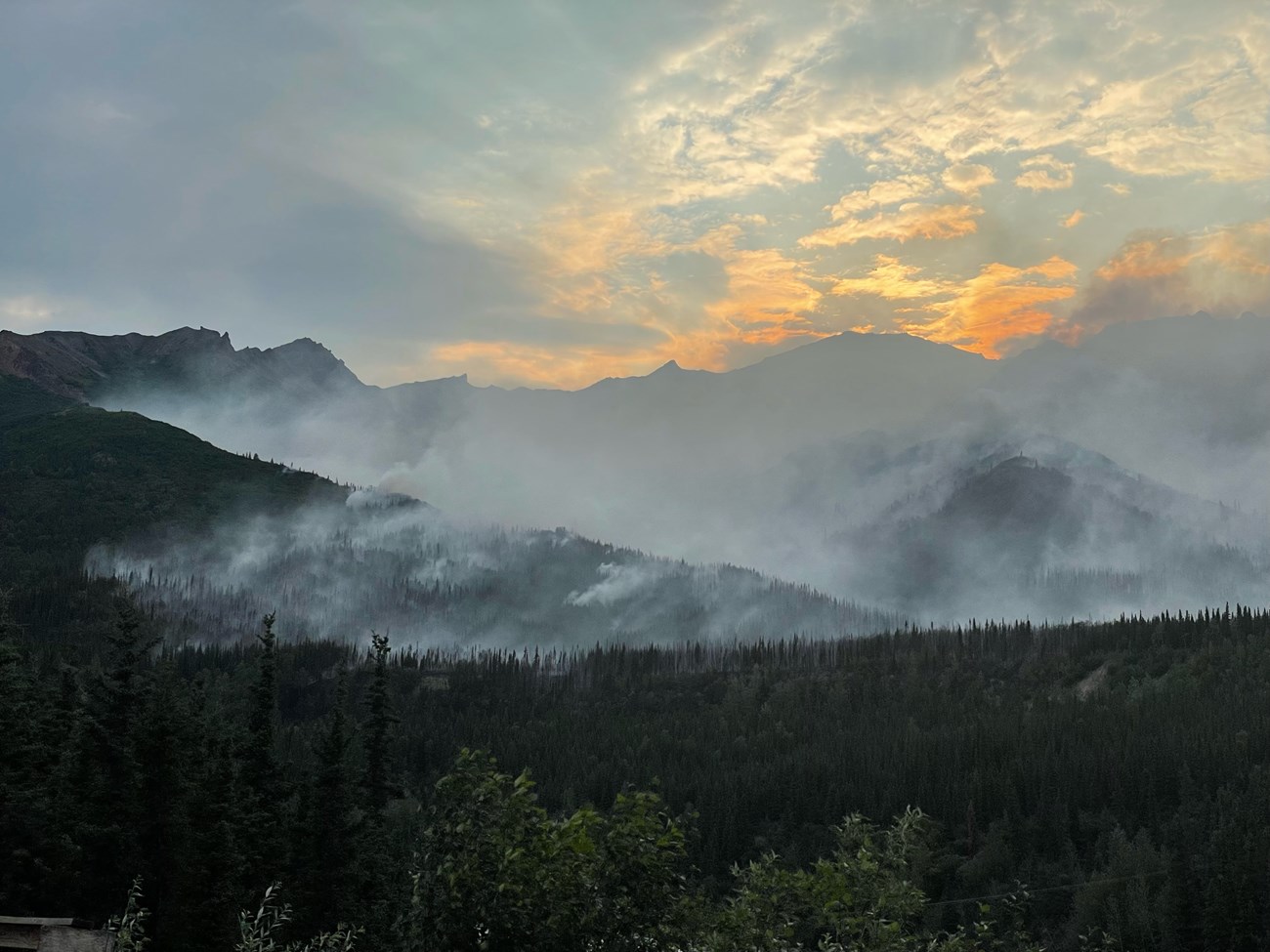
Paul Ollig, NPS
To report a wildland fire in Alaska call: 911 or 1-800-237-3633
Information on wildfires in the state can be found on the Alaska Interagency Coordination Center (AICC) Situation Report Dashboard or Intelligence/Reports page, and on AKFireInfo.
Practicing collaborative fire management in order to protect the public, firefighters, and park resources.
The National Park Service, Alaska Wildland Fire Management is committed to safety and stewardship. The safety of firefighters and the public is the No. 1 priority of all fire management activities.
In Alaska, fire is a natural part of boreal forest and tundra ecosystems. Fire helps release valuable nutrients trapped in the soil and rejuvenates the vegetation. Fire also makes new homes for many different species of animals by leaving standing dead and fallen trees. The Alaska wildfire season typically begins in late May and ends in late July. On average, one million acres burn statewide each year.
During the summer months we manage wildfires, preserve natural and cultural resources, and reduce the fire risk to park sensitive sites by making them Firewise. In order to manage fires safely and effectively, in the fall, winter and spring, we write, revise, and review our plans for fire management, fuels treatment, operations, strategies, readiness reviews, fire monitoring and more. We meet to discuss and put into action lessons learned and best practices. Year- round we make maps for the plans, the public, and firefighters. We are students of fire. We study fire behavior, fire weather and danger, and the effects of fire on landscapes, vegetation, and wildlife. We speak and write about how fire managers balance the risks and benefits of fire with our peers, public, and partners. We attend local, state, and national meetings and conferences to maintain and build upon our cohesive strategy with our partners. We train and train some more. We recruit and hire employees for the summer season. Explore the images below for more information on NPS Alaska wildland fire management.
Denali National Park & Preserve's
Living With FireWhat We Do
-
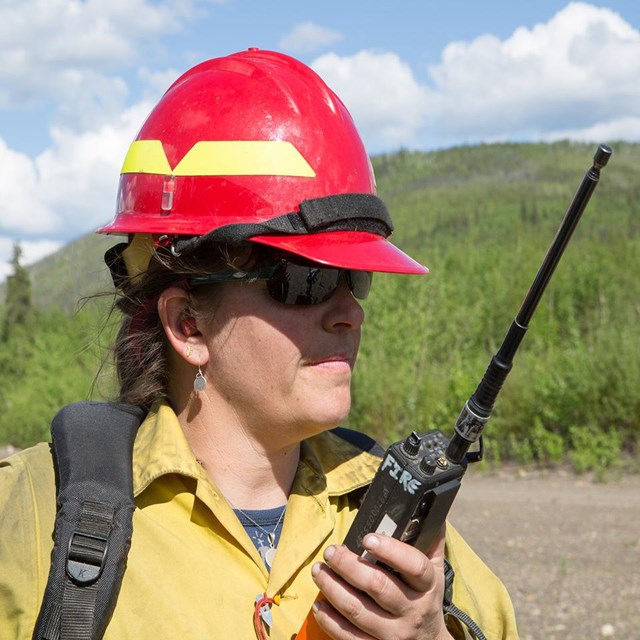 Safety
SafetyThe safety of firefighters and the public is the No. 1 priority of all National Park Service wildland fire management activities.
-
 Wildfire and Fuels
Wildfire and FuelsWildfire always happens here in Alaska, be ready.
-
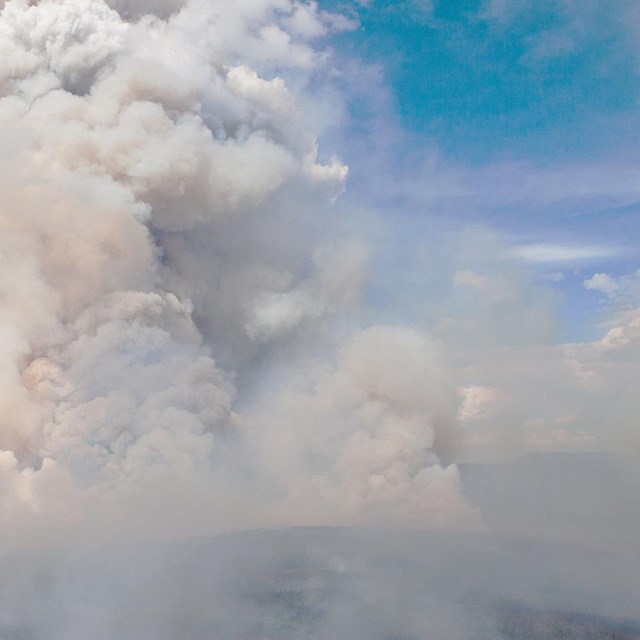 Fire Weather and Danger
Fire Weather and DangerForecasts, warnings, current weather and more...
-
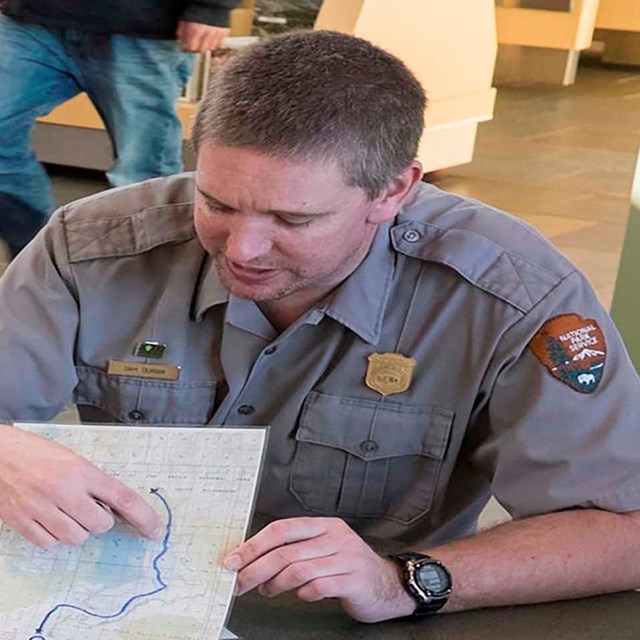 Wildland Fire GIS
Wildland Fire GISPutting fire management on the map.
-
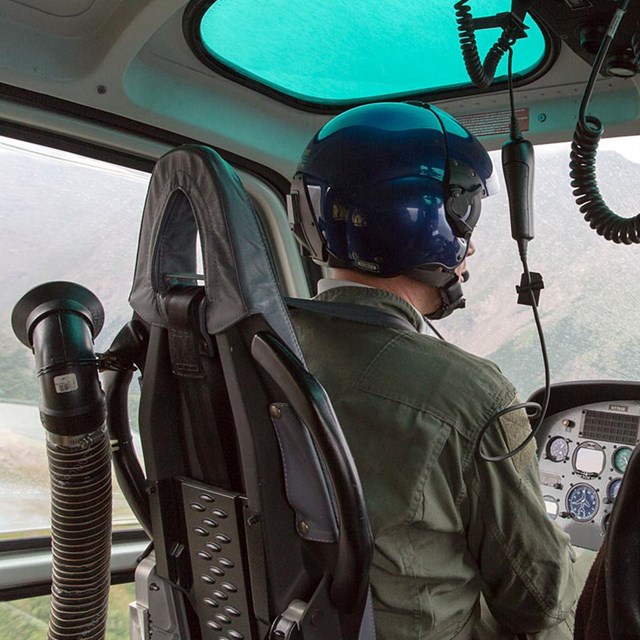 Monitor and Evaluation
Monitor and EvaluationWe monitor and evaluate wildfires, prescribed fires and fuel projects.
-
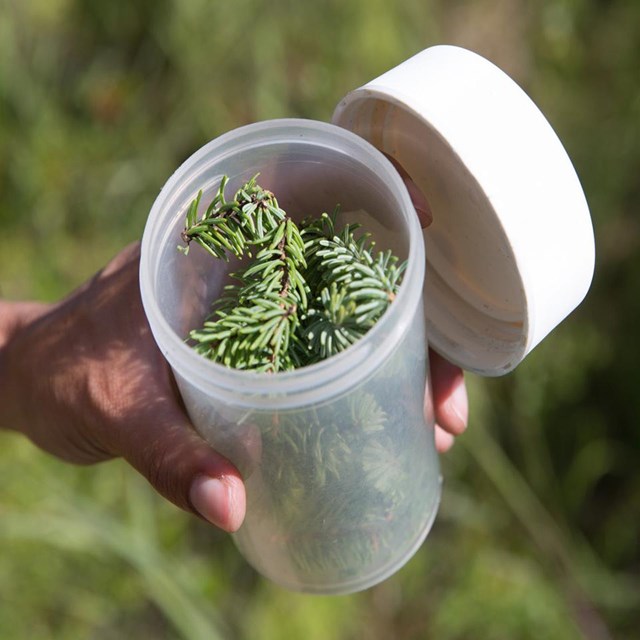 Science, Ecology and Research
Science, Ecology and ResearchWildland fire is an essential, natural process in the Alaskan boreal forest and tundra ecosystems.
-
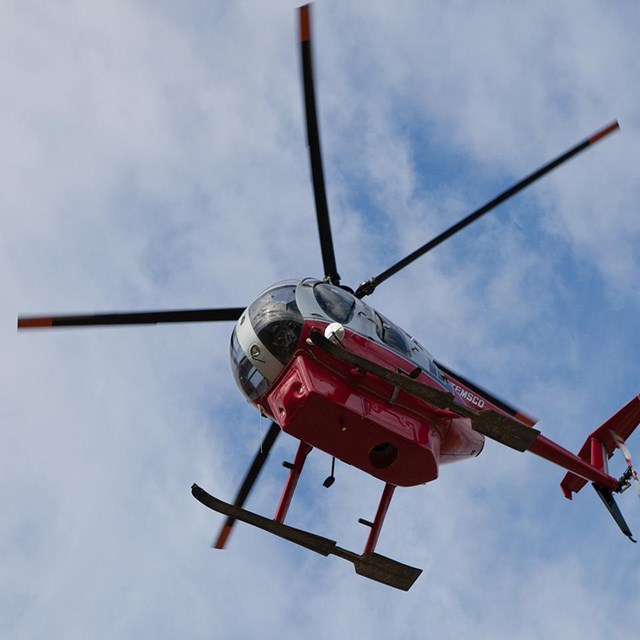 Aviation
AviationHelicopters are our primary means of transportation.
-
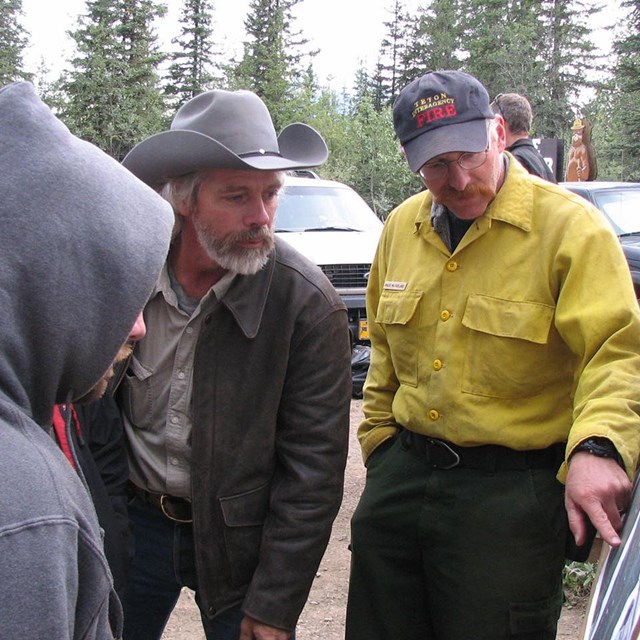 Communication and Education
Communication and EducationWe translate fire in Alaska parklands into meaningful stories and dialogue.
-
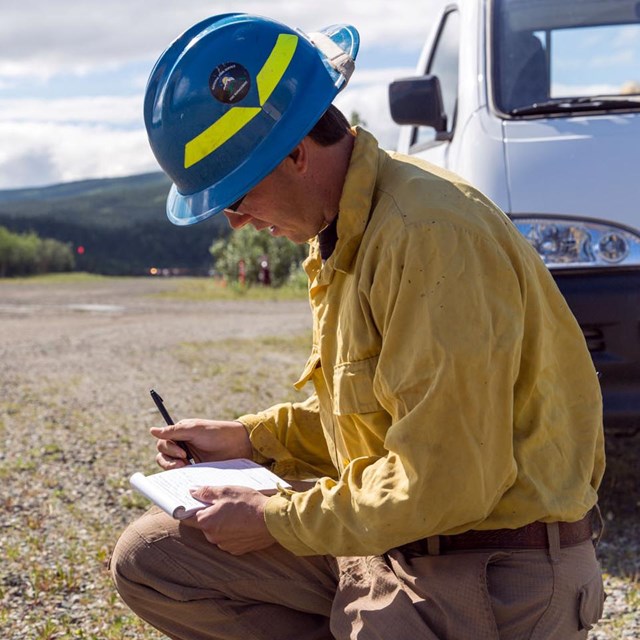 Policy and Planning
Policy and PlanningFire Management Plans
-
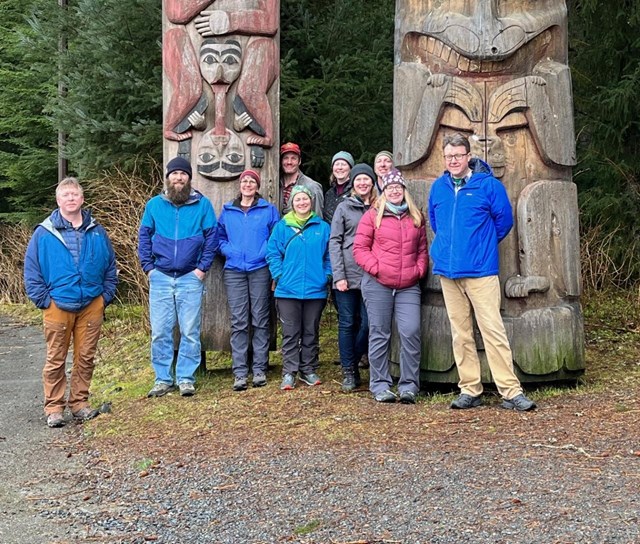 Our Staff and Partners
Our Staff and PartnersOur staff, our partners
-
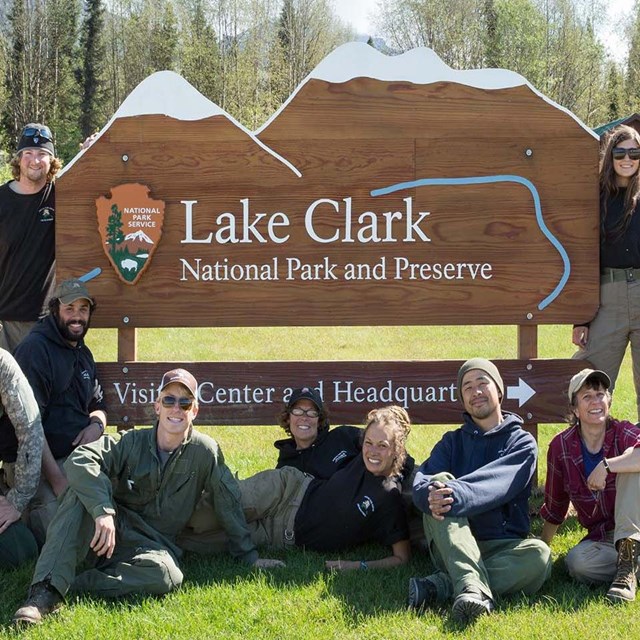 Photo Gallery
Photo GalleryVisit our wildland fire photo gallery.
The NPS Fire Management staff in Alaska manage large and long-lasting fires by balancing the risks and benefits of fire. Committed to safety and resource stewardship, the NPS works with the Bureau of Land Management Alaska Fire Service, State of Alaska Division of Forestry and the United States Forest Service to respond to fires as a team. NPS fire staff work with communities, local, state, federal and native organizations to ensure Alaskans and visitors are safe and our landscapes healthy.
Visit our Wildland Fire Facts to know more about our fire management program in Alaska parklands.
Last updated: September 4, 2025
